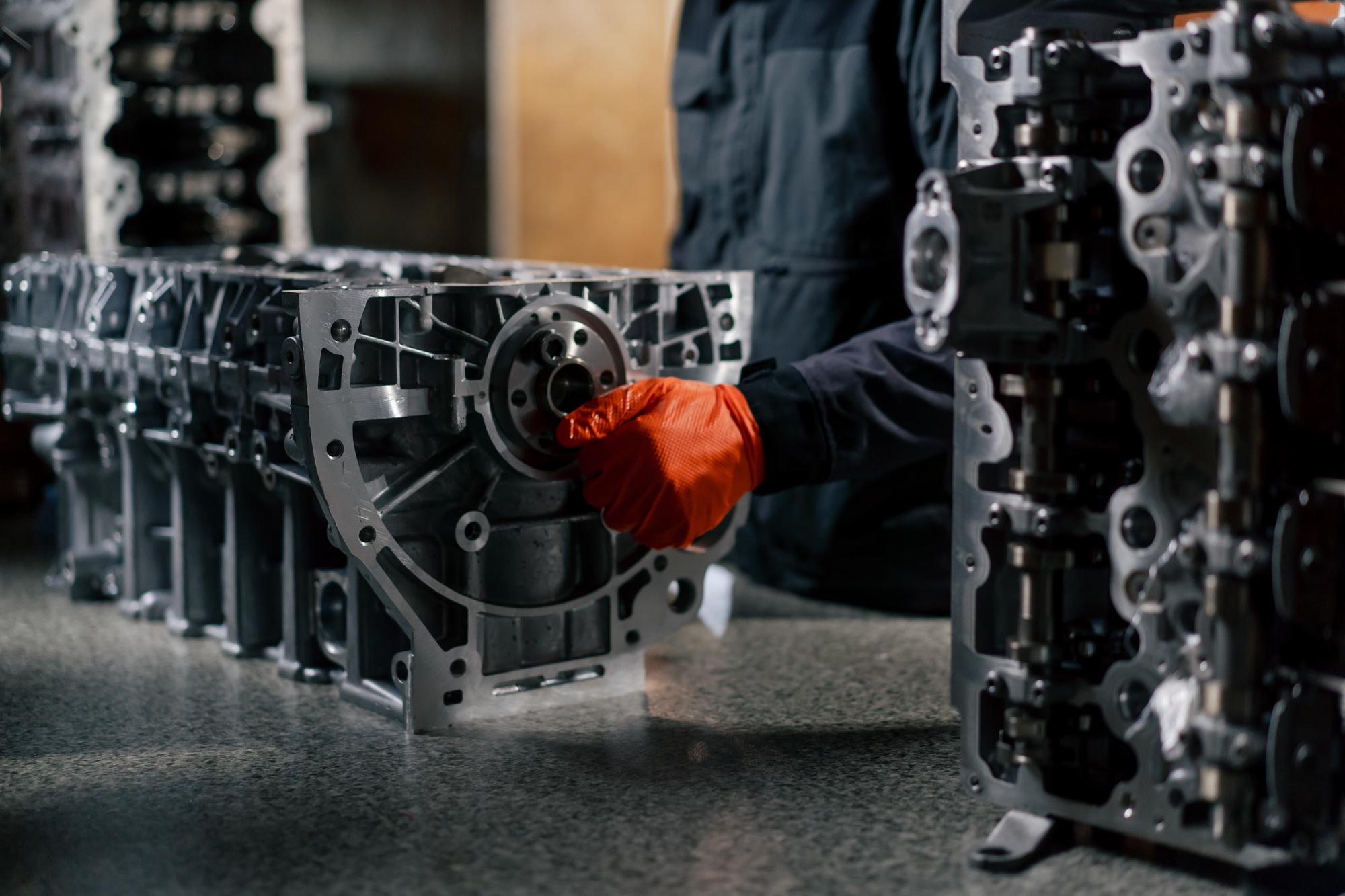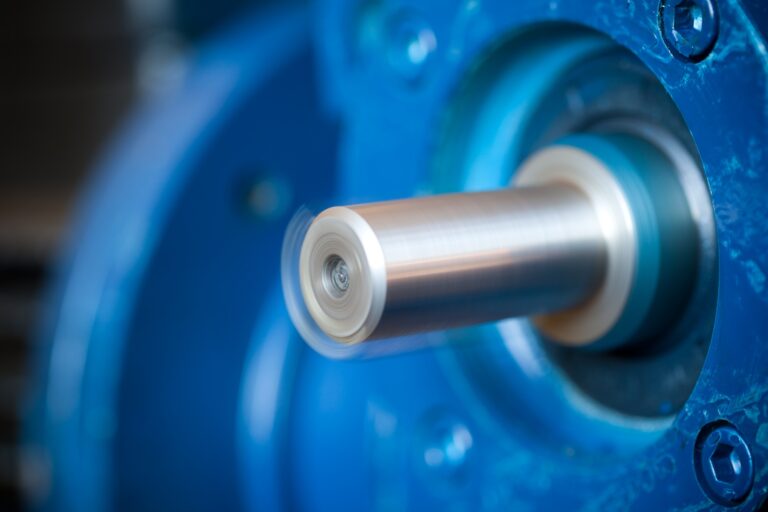Building a Core That Doesn’t Compromise
I didn’t sleep. My mind spun through the architecture of modular powerplants all night—what if the shared core wasn’t just a compromise, but a catalyst? What if commonality delivered performance?
Why It Matters
Most aviation engines are designed in silos—a 100HP system is its own beast, distinct from a 300HP one. But that isolation creates waste, complexity, and limits cross-application use. At UnobtaniumX.com, we don’t design in silos. We design for scale without sacrifice.
UnobtaniumX.com exists to deliver elegant, off-path solutions for those who demand leverage and clarity. A unified engine core isn’t just efficient—it’s radical leverage.
1. One Core to Serve Many Missions
The X123 Platform’s architecture centers around a single, adaptable core. This core:
- Hosts the combustion geometry for all three variants
- Provides anchor points for up-tier or down-tier components
- Houses diagnostics and thermal management logic common to all builds
The 100HP light LSA and the 300HP tactical beast both owe their heart to the same optimized core.
2. Strength Through Commonality
Why do fighter jets and pickup trucks share surprisingly similar maintenance philosophies? Because commonality reduces chaos.
Our core enables:
- Parts standardization across variants
- Cross-training for builders and maintainers
- Streamlined production timelines
And when you reduce variables, you increase reliability.
3. Scaling Without Starting Over
Traditionally, going from 100HP to 200HP means a new engine, new balance, new behaviors. Here, it means bolting on.
- The crank geometry stays.
- The block dimensions stay.
- The mounting stays.
Power scales. Stability doesn’t budge.
4. The Cost Curve Bends in Your Favor
One core platform does more than simplify engineering—it saves money. Across design, build, test, and training phases, a shared core reduces:
- Redundancies
- Part inventories
- Lead time on component swaps
This is anti-fragile design. The more you use it, the better it works.
Mistakes & Insights
- Mistake: Assuming a shared core limits specialization
- Insight: True core design allows specialization through smart extension
Next Steps CTA
One core. Infinite potential. Built for those who refuse to build the same engine twice. Learn more at UnobtaniumX.com.
FAQ
How can a single core serve different power classes?
Because it was built from the start with scale in mind—modularity is baked into every millimeter.
Will using the same core reduce engine life?
No. Each configuration is tuned to stay within optimal stress limits.
Is the 300HP variant just the 100HP overclocked?
Not at all. It builds on the core with new peripherals, not by stressing the core.
Does this require specialized tools or training?
No. The point of shared architecture is simplicity in field maintenance and builds.
Can I upgrade my aircraft without replacing the core?
Yes. Upgrades occur via external modules, not invasive internal changes.
What about cooling differences?
The dual-fluid thermal system adapts with external components that mount to the same anchor points.
Is this core certified?
Currently experimental. We welcome interest from cert-seeking builders at UnobtaniumX.com/contact.
Written by UnobtaniumX.com Editorial Team. Learn how we craft insights with obsessive clarity at UnobtaniumX.com/about.






